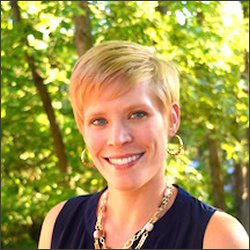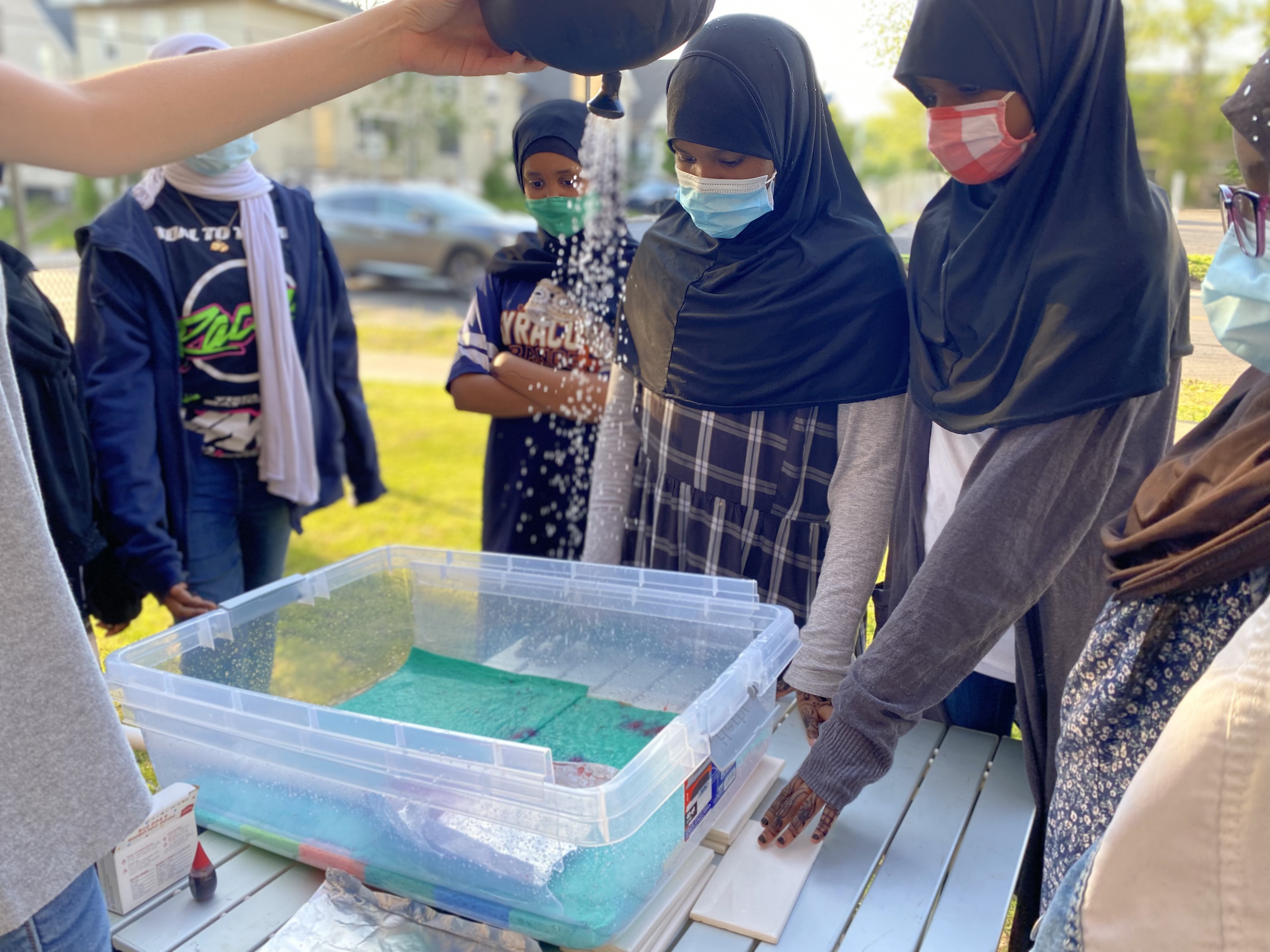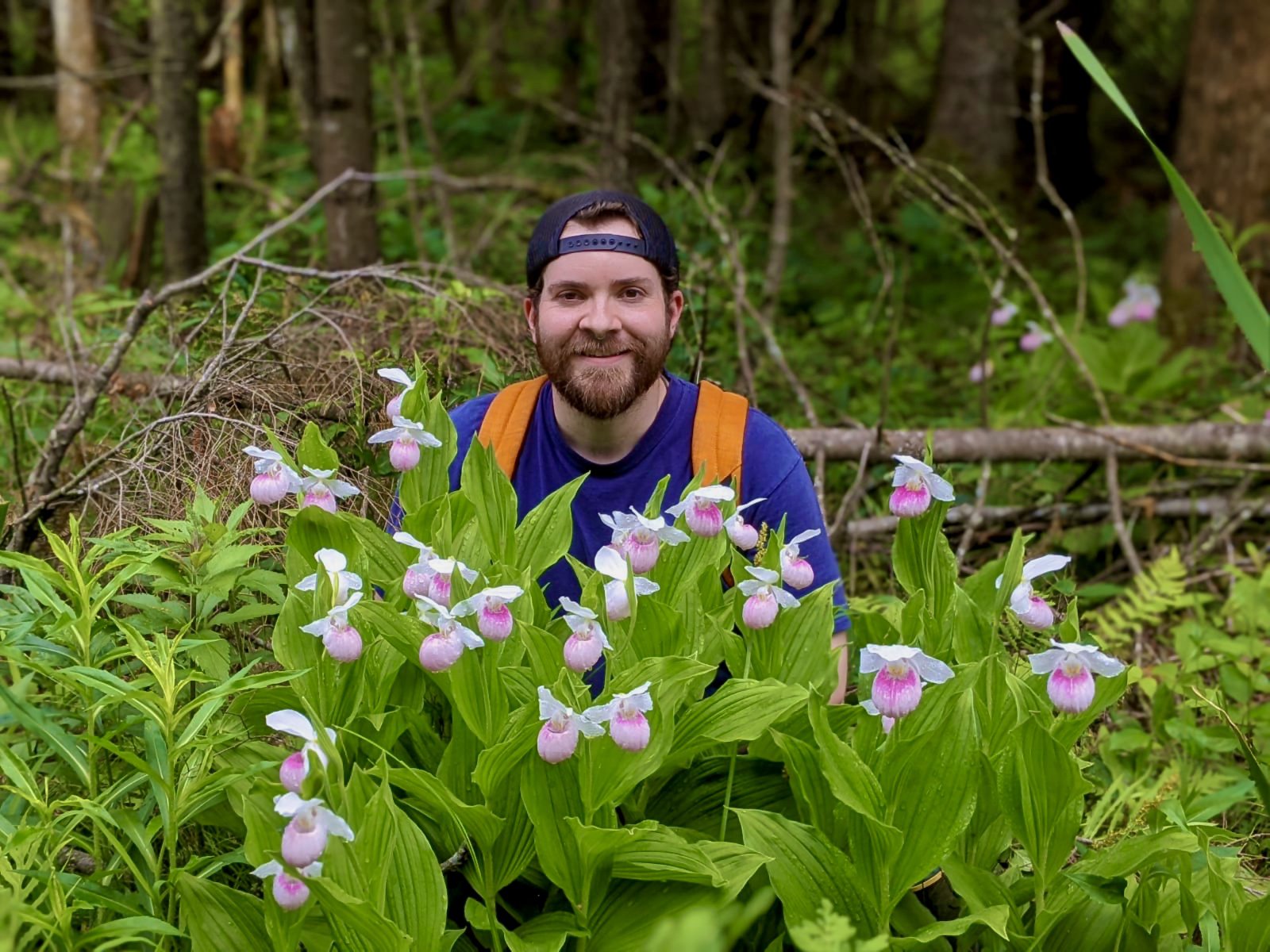Biology and Earth and Environmental Sciences Departments Come Together on Diversity and Engagement Initiatives
A SEEDS SPUR summer fellowship, Natural Science Explorers outreach program and E4 seminar series highlight the departments' efforts.

In 1948, Professor James Hope Birnie became Syracuse University’s first African American faculty member in biology, teaching here until 1951. He was also one of its first biology faculty members to be supported by the National Institutes of Health (NIH). During his career in academia and industry, he remained committed to creating opportunity for underrepresented students in science.
Today, departments such as biology and Earth and environmental sciences (EES) are carrying on the important legacy of A&S pioneers like Birnie, seeking innovative ways to ensure their classrooms and fields are welcoming to all. Over the past eighteen months, biology and EES faculty, graduate students and undergraduates have introduced new approaches to encourage diversity and equity and promote engagement with the community’s budding scientists.
The SEEDS SPUR Fellowship
The Strategies for Ecology Education, Diversity and Sustainability (SEEDS) program was established by the Ecological Society of America (ESA) nearly three decades ago with the goal of working to increase minority representation by introducing students to ecologists with diverse backgrounds and giving them hands-on experience with the field and its real-world applications. The program’s Partnership for Undergraduate Research (SPUR) fellowship is its highest honor—and matches selected undergraduate students with institutions doing work that fits their research interests and goals. It’s an opportunity that’s open to all undergraduates, but underrepresented minority, low-income, first-generation college and veteran students are especially encouraged to apply.

Biology professor Katie Becklin had been involved with SEEDS as a mentor in the past, and in early 2021 worked with fellow biology professor Jason Fridley to get Syracuse listed as a SPUR partner institution. Last summer, the first undergraduate came to work at SU as a SPUR intern.
“We’ve committed to funding a SEEDS fellowship every summer,” says Becklin. The fellowship (which is paid and offers fully funded travel and research expenses) is nationally advertised and open to current Syracuse students as well; applications are posted in late fall each year, and due in early March. Since the program is supported by the biology department as a whole, the selected fellow will be paired with one of several biology labs that best suits their interests. “It’s a little different from typical summer research,” Becklin explains, “[in that SEEDS] also offers professional development and networking opportunities throughout the year.”
Currently, the department is reviewing about 15 applications for this year’s fellowship. “I am very excited about the level of interest in this program from students across the country,” says Becklin, who hopes that more fellowship positions will be offered at SU in the future. “Not only is this program a tool to increase diversity within ecology, but it’s also a way to show students from other areas how great Syracuse is. [Our first intern] was fantastic in the lab—I hope they will come here for grad school in the future.”
Natural Science Explorers Program
This spring, eight biology and EES graduate students launched the Natural Science Explorers Program—a weekly outreach program for elementary-age students at the North Side Learning Center (NSLC). Eliza Hurst of the Earth and environmental sciences department spearheaded the program with the support of Becklin, whose class, Science Outreach in Biology, inspired the initiative.

Working with third- to fifth-graders, Hurst and her colleagues collaborate to create lessons that meet the interests of the students—everything from basic education (“What is science?” “Are clouds real?”) to hands-on demonstrations of ways in which science affects their daily lives. She specializes in hydrology, for instance, so she created an urban hydrology model using rubber bins, sponges, and a camp shower, to show how water flows and moves, how altering the landscape with roads and buildings changes that, how contaminants travel, and so on.
Those kinds of lessons, incorporating inquiry-based learning as well as culturally responsive teaching (incorporating the students’ experiences and perspectives into instruction) help to make science real and tangible in the minds of budding students of all kinds allowing them to see themselves as scientists. Hurst and her colleagues hope that the students’ scientific curiosity will stay with them through school and life.
Based on the initial success of the program, the graduate students—with the support of Becklin and EES professor Chris Junium—were able to secure an Engaged Communities grant through A&S' Engaged Humanities Network (EHN), which will provide funding to keep the program going.
“We are particularly excited about the potential for a summer program to provide time to go into more depth on topics and incorporate field trips to explore our Central New York ecosystems,” says Hurst. “We are in the process of reflecting and planning for the next academic year where we will continue our regular after-school science programs.”
For more information about community engagement opportunities, visit the EHN and Office of Community Engagement websites.
Diversity in E4 (Ecology, Evolution, Earth and the Environment) Seminar Series
Over the past two years, a group of graduate students from the biology and Earth and environmental sciences departments have led the charge to create, with the help of faculty, this virtual seminar series in the areas of ecology, evolution, Earth, and the environment, designed to increase visibility of scientists with diverse identities. Sixteen speakers have taken part so far.

Graduate student Alex Ebert led the effort on the biology side and worked with Hurst, who was the first graduate student member of the DEI committee for her department, among others, to bring in speakers. “Our two main goals were to amplify the diverse voices in our field and provide a platform for their research ideas,” says Ebert, “and also to include at least some discussion [of] the intersection of race and the environmental sciences such as historical underrepresentation and ways to begin to address these disparities.”
In addition to showcasing the latest research and work of the scientists, each event also offers opportunities for interacting and networking, via “virtual lunches” for students and speakers. “There have been so many wonderful conversations during [that informal time] about what has led these scientists to their current places in their various careers,” says Ebert. “But I've also been pleasantly surprised at how many took time during their seminars to discuss their journeys, and to talk about the importance of mentors and role models. And [now] these speakers are getting to become the very same mentors and role models to many students who may have never really ‘seen’ themselves in the fields in which they're most interested.”
The events are open to anyone, but “we promote them especially to the undergraduate classes—to show them the full range of scientists behind the work they are learning about,” says Hurst. Some of those students, including those in Becklin’s Ecology and Evolution class, can earn credit by attending the seminars and writing summaries of what they’ve learned.
The series will be continuing into next year, and a new group of grad students—notably Thomas Johnson and Julia Zeh in ecology and evolutionary biology, and Claire Rubbelke in Earth and environmental sciences—will be taking charge. A schedule is not yet out, but those looking for more information can contact Johnson or Rubbelke directly.
